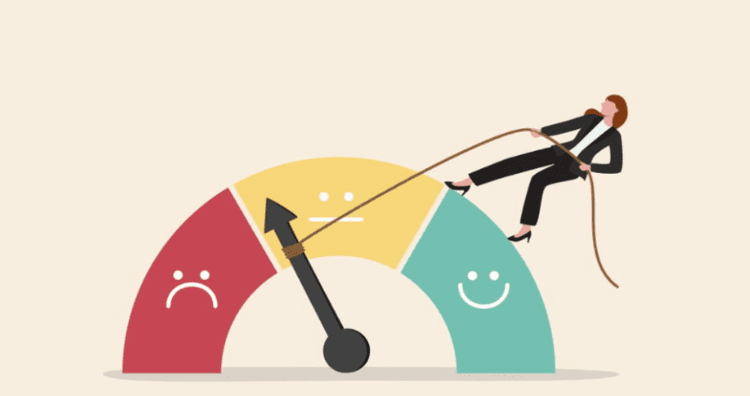In the ever-evolving landscape of the insurance industry, we find ourselves in the midst of what experts refer to as a "hard market." This term is indicative of a phase where insurance companies

face increasing financial pressures, which prompts them to reevaluate their approach to risk management and policy coverage. As a result, many insurance companies are leaning towards cost-sharing solutions to maintain their financial solvency and continue to provide the valuable coverage that customers rely on. It's important to remember that insurance isn't meant to be a mere band-aid; it's designed to be a robust policy that safeguards you in times of catastrophic financial loss.
Before delving into the concept of cost-sharing within the insurance industry, let's first understand what a hard market entails. A hard market is characterized by several key factors, including:
- Increased Risk: Insurance companies face higher risk levels due to various factors such as natural disasters, economic uncertainty, and rising healthcare costs. These factors make it more challenging for insurers to remain financially stable.
- Reduced Capacity: Insurers, feeling the pressure of increased risks, often reduce their capacity to underwrite policies. This means that they may limit the number of policies they issue, increase premiums, or both.
- Stricter Underwriting: To mitigate risk, insurers become more selective in their underwriting processes. This can result in some individuals or businesses facing challenges in obtaining affordable coverage.
One of the strategies insurance companies employ during hard market conditions is cost sharing. Cost sharing involves a shared financial responsibility between the insurer and the policyholder. It aims to strike a balance between maintaining coverage while managing costs for both parties. Here are some key elements of cost-sharing within insurance:
- Increased Deductibles: A common method of cost sharing is to increase deductibles. A deductible is the amount a policyholder must pay out of pocket before the insurance coverage kicks in. During a hard market, you may start seeing carriers increasing deductibles, sometimes even up to a $2,500 minimum. This means that in the event of a claim, the policyholder will be responsible for a larger portion of the initial costs, which can help lower the premiums.
- Shared Premium Increases: Both the insurer and the policyholder share the burden of rising premiums. While insurers may increase the cost of premiums, policyholders may find themselves paying slightly more to ensure they can maintain coverage.
- Risk Mitigation Measures: Insurers may also require policyholders to take additional risk mitigation measures, such as improving security systems for a homeowner's insurance policy or implementing safety protocols for a business policy. These actions not only reduce risk but can also help keep insurance costs in check.
It's important to remember the fundamental purpose of insurance: to provide financial protection in times of unexpected, catastrophic loss. While the idea of cost sharing may seem like a shift in the traditional insurance model, it's crucial to adapt to changing market conditions. The goal is to ensure the insurance industry remains financially solvent and capable of fulfilling its primary purpose—helping individuals and businesses recover from major financial setbacks.
Cost-sharing measures are designed to strike a balance between financial sustainability for insurers and accessible, dependable coverage for policyholders. By sharing the responsibility for risk management, we collectively ensure that insurance remains a reliable shield against life's unpredictable challenges.
In conclusion, the insurance hard market may present challenges, but it also prompts innovation and adaptation within the industry. Cost sharing, in the form of increased deductibles and shared premium increases, is one such adaptation. It allows insurance companies to weather the financial storms, ensuring that the safety net of insurance coverage remains in place when people need it the most. Remember, insurance is not just a band-aid; it's a robust policy designed to protect you in times of financial catastrophe.










